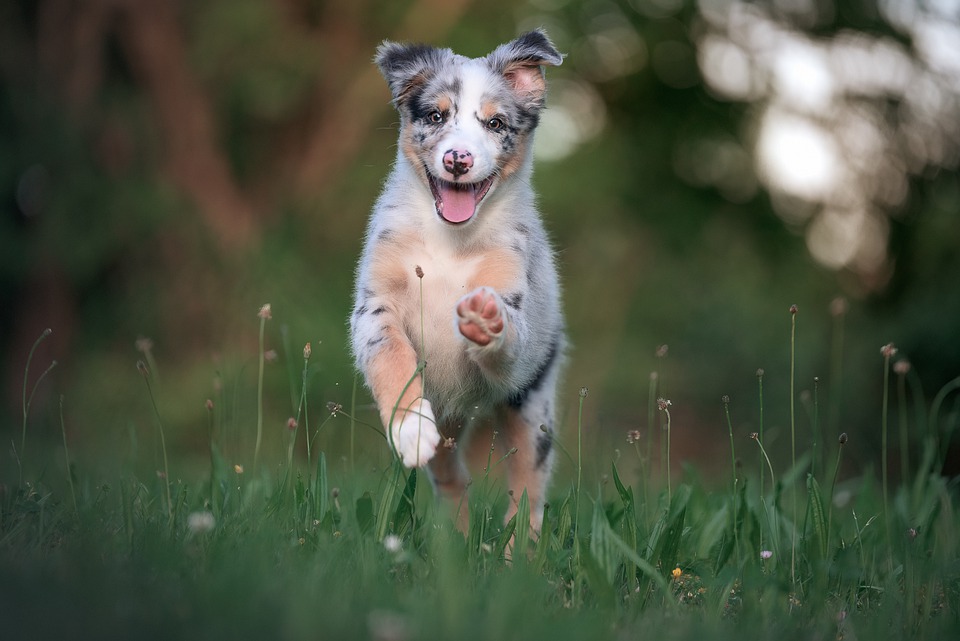Keeping your dog’s living area clean and sanitized is crucial for their health and well-being. Regular cleaning and disinfection help prevent the spread of harmful bacteria, viruses, and parasites that can affect both your furry friend and your family. In this article, we will provide you with a step-by-step guide on how to properly clean and disinfect your dog’s living area, along with some FAQs to address common concerns.
Why is Cleaning and Disinfecting Important?
Maintaining a clean and hygienic dog living area is essential for several reasons. Firstly, it helps prevent the spread of diseases and infections. Dogs can carry various bacteria and parasites on their fur, paws, and droppings, which can contaminate their living environment. Regular cleaning and disinfection reduce the risk of these harmful organisms thriving and spreading.
Secondly, a clean living area promotes your dog’s overall health and well-being. A dirty environment can lead to skin irritations, respiratory problems, and other health issues. It also helps combat odors, making the space more pleasant for both your dog and your family.
Step 1: Gather the Right Cleaning Supplies
Before you begin cleaning and disinfecting, gather the necessary supplies. This includes pet-safe cleaning products, such as disinfectants, detergents, and stain removers. Avoid using harsh chemicals that may be harmful to your dog’s health. Look for pet-friendly alternatives that are effective at killing bacteria and viruses.
Step 2: Remove Debris and Dirt
Start by clearing out any debris, fur, or dirt from your dog’s living area. Use appropriate tools for different surfaces, such as a vacuum cleaner for carpets and rugs, a broom for hard floors, and a lint roller for furniture and bedding. This step helps create a clean slate for the subsequent cleaning and disinfection process.
Step 3: Pre-Cleaning
Pre-cleaning surfaces is important to remove visible stains and grime. Use non-toxic cleaning solutions or natural remedies to avoid exposing your dog to harmful chemicals. Scrub and wipe down surfaces thoroughly, paying extra attention to areas that your dog frequently uses or comes into contact with.
Step 4: Disinfection
Select the appropriate disinfectant for your dog’s living area. Look for products that specifically target bacteria, viruses, and parasites. Follow the instructions on the label for proper dilution and application. Pay special attention to high-touch areas, such as food and water bowls, toys, and bedding. Allow the disinfectant to sit for the recommended time to effectively kill any remaining pathogens.
Step 5: Washing Bedding and Toys
Regularly washing your dog’s bedding and toys is essential for maintaining a clean living area. Use pet-friendly detergents and follow the washing instructions provided. Opt for high-temperature washes when possible, as heat helps kill bacteria and parasites. Ensure thorough drying to prevent the growth of mold and mildew.
Step 6: Maintaining a Regular Cleaning Schedule
Establish a routine for cleaning and disinfection based on your dog’s needs and the environment. Factors such as the number of dogs, their size, and the level of activity should be considered when determining the frequency of cleaning. As a general guideline, aim to clean and disinfect your dog’s living area at least once a week, or more frequently if necessary.
FAQs: Frequently Asked Questions
Q1: Can I use household cleaning products to disinfect my dog’s living area?
While some household cleaning products can be used, it’s important to be aware of potential risks. Certain chemicals found in household cleaners can be toxic to dogs if ingested or inhaled. Look for pet-friendly alternatives or consult with your veterinarian for safe disinfectants.
Q2: How often should I clean and disinfect my dog’s living area?
The frequency of cleaning depends on several factors, including the number of dogs, their size, and the level of activity. As a general guideline, aim to clean and disinfect your dog’s living area at least once a week. However, if your dog has specific health issues or if there are young children in the household, more frequent cleaning may be necessary.
Q3: Are there any natural remedies I can use to disinfect my dog’s living area?
There are natural alternatives for disinfection, such as vinegar and hydrogen peroxide. These can be effective in killing certain bacteria and viruses. However, it’s important to note that natural remedies may not be as potent as commercial disinfectants and may not be effective against all pathogens.
Q4: Are there specific areas in my dog’s living space that require extra attention?
Certain areas in your dog’s living space may require extra attention due to high traffic or potential risk. These include food and water bowls, potty areas, and areas where your dog sleeps or spends a lot of time. Thoroughly clean and disinfect these areas to minimize the risk of contamination.
Q5: Can I use bleach to disinfect my dog’s living area?
While bleach can be used to disinfect, it’s important to exercise caution. Bleach can be toxic to dogs if ingested or inhaled in high concentrations. If you choose to use bleach, dilute it properly according to the instructions and ensure thorough rinsing to remove any residue.
Remember, a clean and disinfected living area is not only beneficial for your dog but also for your entire household. By following these steps and incorporating a regular cleaning routine, you can ensure a safe and healthy environment for your furry companion.









